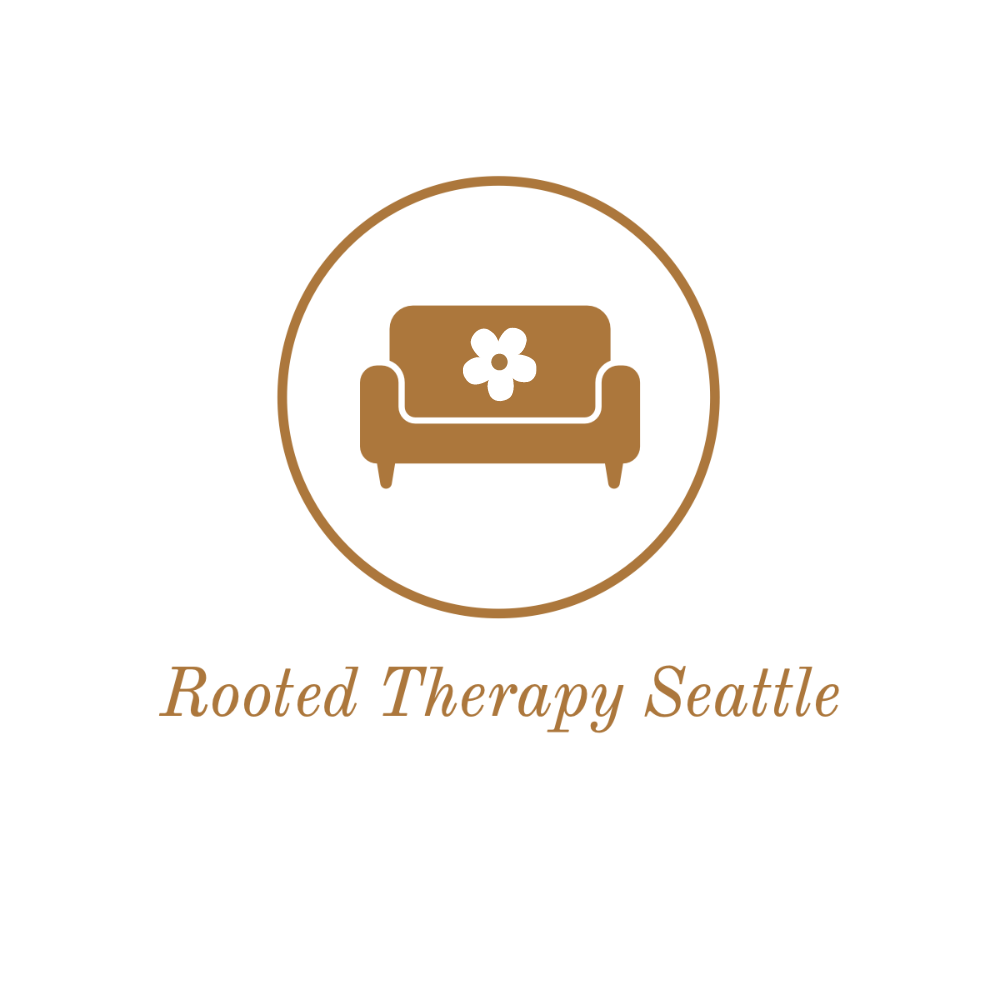3 Mindfulness Practices to Help with Burnout
The last few years haven’t been easy and ‘burnout’ seems to be the buzz word that seems to sum up how many people are feeling. Whether it’s a global pandemic, social justice reform, political tensions, world conflicts, or your own experience at work where you are trying to survive the never ending drive to have a ‘successful career.’
Let’s be real, you’ve probably felt some feelings of burnout within the last 2 years. The continued stressors that seem to come up over and over again are really hard to navigate and feel like you can stay above water.
Burnout
Perhaps you’re wondering what exactly is burnout? How do I know if this is something that I’m experiencing?
The following are a few symptoms of burnout:
-Exhaustion
-Isolation
-Irritability
-Feelings of Helplessness
-Loss of Motivation
-Self-Doubt
How Mindfulness can help with Burnout
Feelings of stress from burnout can lead to increased adrenaline and cortisol levels which block the hormone oxytocin. This hormone, oxytocin, is responsible is the love/attachment hormone which helps us to feel more connected to others. When you experience burnout, you often desire to isolate or remove yourself from others.
Mindfulness is a tool that helps provide emotional regulation and reduces feelings of stress. When we de-stress, our executive function capabilities come back online. Executive functioning is important in making decisions, regulating emotions, and help with flexible thinking.
Well what is mindfulness? It is a practice that involves paying attention to present moment experiences with acceptance and non-judgement. By implementing mindfulness practices on a regular basis, you can help reduce the feelings of burnout and improve your overall wellbeing.
Mindfulness Practices for Burnout
Here are some simple mindfulness practices that you can use wherever you may be. These things you can utilize if you’re feeling stressed at home, feeling your body tense when you read the latest headlines or experiencing anxiety while at work.
With all mindfulness practices, engage in a comfortable posture. If you like, you can close your eyes or if it feels more comfortable to keep them open that’s okay too. Continue the mindfulness practice as long as you need, there is no time limit to each practice.
7/11 Breathing-
Take a deep breath in for 7 seconds, pause, and then breathe out for 11 seconds.
Hot Chocolate Breathing-
Imagine inhaling and smelling in a nice rich cocoa-filled cup of hot chocolate. Breathe out like you’re cooling off the steam that is rising up from the cup. Imagine the warmth of the cup warming your hand and into your body bringing your body to stillness.
5 Senses-
Take notice of 5 things that you can see. What do you notice around you? Is there something that you never noticed before?
Next, notice 4 things you can feel.. what are the textures you are sensing? The hardness of your chair? The tension in your legs or neck?
Third, notice 3 things that you can hear. … what are the obvious sounds you can hear? Are there soft sounds that are in the background such as a clock ticking or a distant bird chirping?
Fourth, notice 2 things you can smell… Is there a particular smell that you are finding to be pleasant? Unpleasant? Perhaps you feel neutral about it. Just take notice of what you are smelling.
Finally, notice 1 thing you can taste…
Try these practices out and see how it goes. It’s okay if it feels awkward or silly to try. Having a mindfulness practice is a helpful tool in reducing feelings of burnout.
Need Help with Burnout?
If burnout is affecting you, contact a therapist.
If you are looking for a therapist in the Greater Seattle area, consider working with me. I have expertise and experience working with millennial women just like you. You can request a free phone consultation to see how we might be able to work together.
Meet the Author
Adrienne Kandhari (she/her) is a licensed mental health counselor in the state of Washington. She specializes working with millennial women and helping them to grow, succeed, and thrive in the modern world. When she’s not with clients, you can find her exploring the PNW, sewing a new fashion project, and attending to her trove of houseplants.
Resources
https://www.verywellmind.com/stress-and-burnout-symptoms-and-causes-3144516
Willard, C. (2020). Techniques for mindful resilience [PowerPoint presentation]. SimplePractice Learning.




